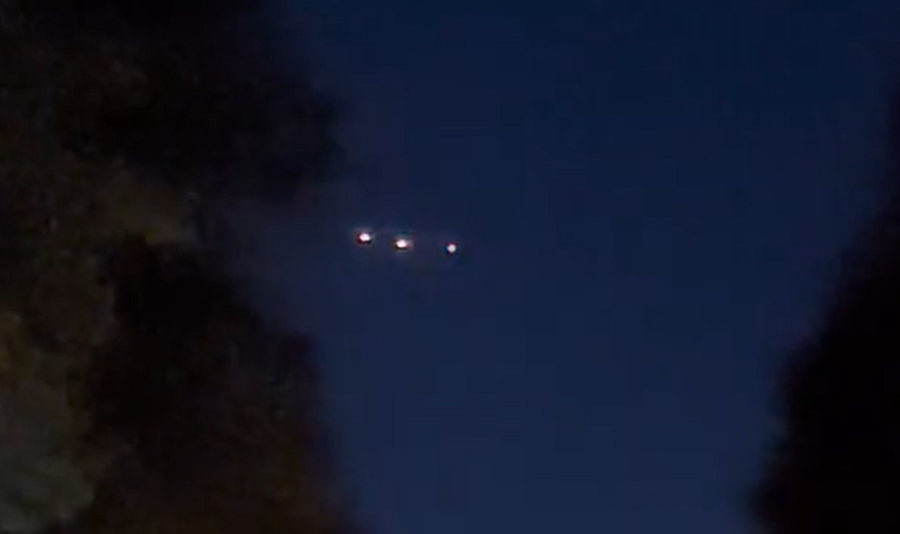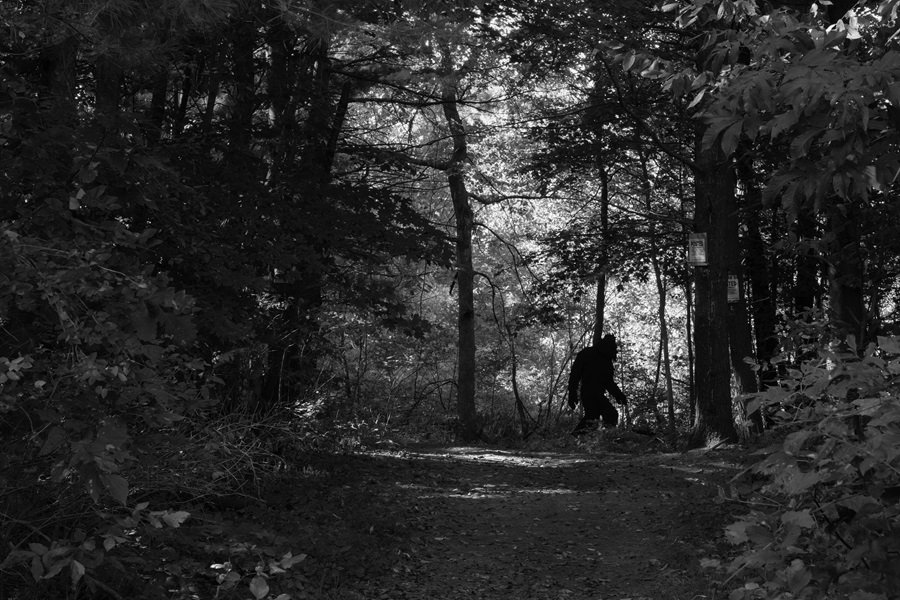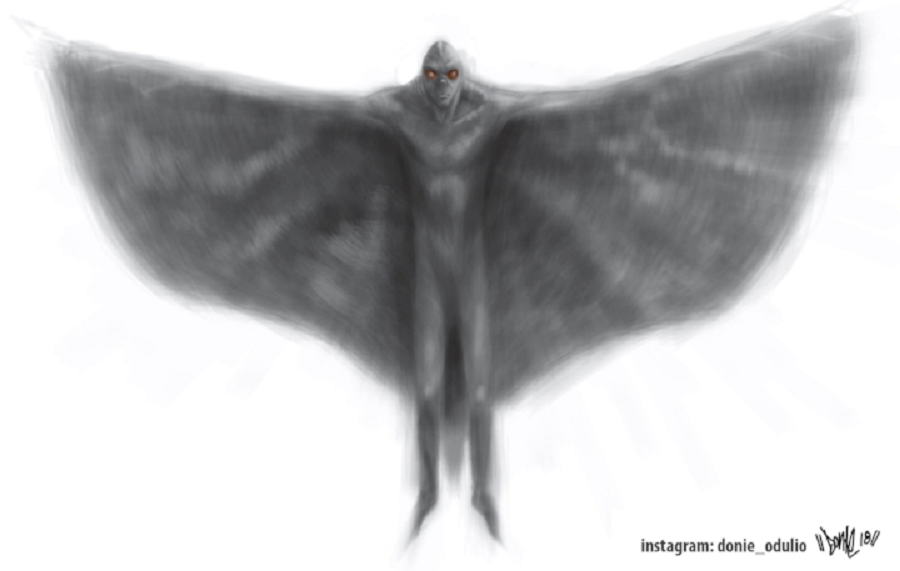Woman Reports Spacetime Distortion in Okefenokee Swamp
A photo taken during Ivey’s trip to Okefenokee Swamp in Georgia. (Shirley Ivey)
The Singular Fortean Society received a report recently from Shirley Ivey; a woman who said she, her husband, their teenage daughters, and at least two strangers all experienced a strange spacetime distortion while visiting the Okefenokee Swamp in Georgia.
According to Ivey, the unusual event took place on Monday, April 3rd, 2000.
She was 41 years old at the time.
In her initial report, Ivey said:
This happened [on Monday, April 3rd, 2000] in the Okefenokee Swamp in southeast Georgia. On our way to Florida from our home in Michigan at the time, we stopped at the Suwanee Canal recreation area. While there we decided to rent a motor boat and go up the canal to a picnic area for lunch. The waterway is on a meandering canal. Conditions were "low and trashy" so there was no chance of getting lost on any of the small tributaries because there was no way of getting through. The canal was fairly wide and easy to follow. We enjoyed the dark and mysterious water and the moss draped cypress of this ancient swamp. But then we noticed that it seemed to be taking a very long time to go the few miles or so to the picnic area.
We finally made it and walked on the "trembling earth" to the picnic area. I definitely made sure to note which way to go upon leaving the picnic spot. After lunch, as we were preparing to push off, two young men approached us in another motorboat. They were in a distressed state and asked if they could follow us back to the concession. They said they could not get through. We agreed to allow them to follow us. I had observed that they did not appear to be drunk.
After about 30 feet, we came to a stop because our way was blocked by a strip of dry land with tall grass growing on top. I could see the canal continuing beyond the barrier. We considered portaging over it but concluded it was not a good idea in a wild swamp. I even touched the side of the bank and it was solid. We looked back at the two guys and they shrugged their shoulders.
We could do only one thing and that was to go back to the picnic area to see if we could have possibly have veered off course. We had not.
On the way back we passed an elderly couple paddling a canoe in the direction of the barrier (unusual because we had not encountered anyone else in a canoe). I tried to warn them about the blockage ahead but they only kept their focus ahead with no acknowledgement as if we were not even there.
When we reached the picnic area, we decided to try again. This time we not only had no barriers in the way but we seemed to have gotten there very quickly.
Those two guys got out of their boat and peeled rubber in the parking lot before I could even discuss this event with them. The people at the concession were no help as far as information on others experiencing similar problems.
In further correspondence with lead investigator Tobias Wayland, Ivey clarified that their experience took place "between mile marker 3 and 4 at the Suwannee Canal Recreation Area."
Ivey and family during their trip to the swamp. (Shirley Ivey)
"The blockage had a bank about 18 inches high and dry with tall grass," Ivey said. "I now live along Cross Creek in Florida and I know it was not a tussock. Although there were no strange sounds, lights, or fog, time seemed to be warped. "
In a swamp, tussocks refer to drifting masses of herbaceous plants. They can range in size from a few feet across to hundreds of acres. Floating islands, a phenomenon similar to tussocks, are formed from peat, mud, and plants, and can sometimes support trees of up to 50 feet tall and 12 inches in diameter.
"The concessionaire had mentioned an old Indian burial ground in the area," added Ivey.
Okefenokee Swamp—at nearly 700 square miles—is North America’s largest blackwater swamp, and was once home to a thriving indigenous population, including peoples of the Deptford, Swift Creek, and Weeden Island cultures. Archeological evidence shows that the indigenous peoples lived in the area as early as 2500 BC, and numerous mounds have been found in and around the swamp. Okefenokee Swamp served as the border for the Mocoma, Timucua, and Apalachee nations, who occupied the area until they were forced out by European settlers in the late 18th and early 19th centuries. The Mocama and Timucua nations were members of the Creek Confederacy, and thought to be descendants of the area's early Mound Builders. The last indigenous population to occupy the swamp were people of the Seminole Nation, who used Okefenokee as cover from the United States government until the US Army chased them out in 1838.
Some of the mounds built by the area’s original inhabitants were used for the burial of prominent persons within their communities, although it is unclear how that would relate to the perceived spacetime distortion had by Ivey and company. American Indian mounds and other burial sites are often associated with increased incidents of paranormal activity by European settlers and their descendants, although there is no evidence to support any stronger correlation between those sites and the paranormal than there is between such phenomena and European cemeteries.
However, incidents of high strangeness are reported in and around bodies of water quite frequently, such as the unexplained, haunting melody heard by Angela Nichols and her family one afternoon during the summer of 1987 while fishing on the Saline River in Arkansas, and a multitude of strange creature and UFO sightings had by witnesses in similar areas.
To report your own encounter with the impossible, reach out to us directly at the Singular Fortean Society through our contact page.
If you enjoyed this article and would like to support the Singular Fortean Society, please consider becoming an official member by signing up through our Patreon page—membership includes a ton of extra content and behind-the-scenes access to the Society’s inner workings.



















